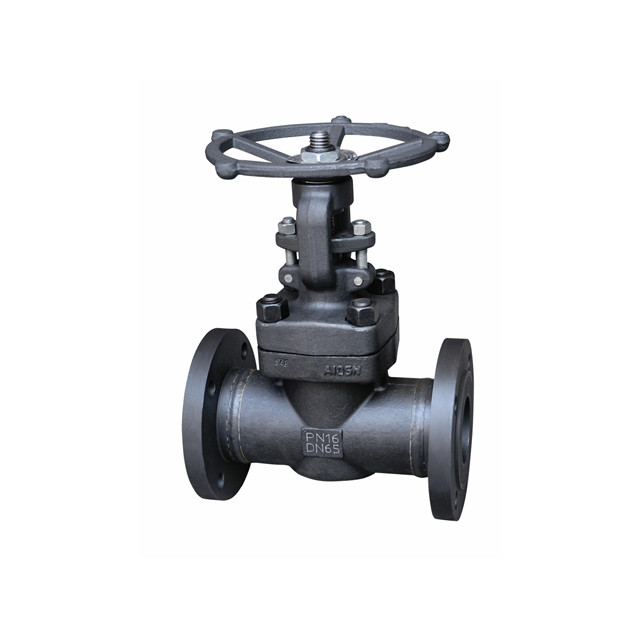Gate valves and stop valves are two commonly used types of valves in piping systems. But they differ significantly in many respects from each other.
Gate valves and stop valves are two popular home-use types of valves. But, there are many differences between them that may make it hard to decide which is best suited for your project. Read on to discover the main characteristics of both types and discover which will serve your needs best!
Table of Contents
ToggleGate Valve
Gate Valves are a type of flow control valve that regulates the passage of liquid or gas through pipes. They come in various designs to meet different application needs.
A gate valve’s operation is dictated by a sliding disc or wedge that slides between two seats at right angles to the fluid flow. Usually made of metal, this disc won’t bind when exposed to fluid due to expansion and contraction when in contact with it.
Stop Valve
A Stop Valve is a type of valve commonly used in plumbing and engineering projects. It consists of an external handle and an internal plunger-like component called a plug that can be rotated to open or close liquid and gas flow through a pipe.
Stop valves are commonly used to stop the water flow. However, they can also be used for other purposes, like reducing or increasing pressure at a fixture. They’re usually found beneath appliances that use water, like washing machines and dishwashers. Different stop valves exist, each designed for a distinct purpose.
Gate Valve vs. Stop Valve
Both gate and stop valves are used in the same industry to regulate liquid flow, yet they have some distinct differences. It is essential to understand the structural and operational characteristics of these on/off valves before selecting one for your application.
Contrary to ball valves, which open by rotating a stem and ball, gate valves lift up an oval or rectangular gate out of the path of fluid flow to shut it off. This design makes them less vulnerable to corrosion and wear damage.
Gate valves are a popular choice among contractors due to their simplicity and ease of operation. Unfortunately, their moving parts can wear out rapidly, necessitating more maintenance than stop valves do.
Stop valves, on the other hand, are more robust but require special tools for proper operation. Furthermore, they weren’t intended for high-pressure applications and may leak or break if too much pressure builds up in the pipes attached to them.
Both types of valves possess similar structural qualities and can be installed in a variety of applications, but which one is ideal for you depends on your individual requirements. The most critical factors to consider when making your decision include reliability, frequency of use, and location; these should all be taken into account along with any pipe system requirements you may have.
Xintai Valves is a leading manufacturer of industrial valves. Their extensive product portfolio encompasses six ranges and thousands of varieties, such as gate valves, globe valves, ball valves, check valves, casting wedge valves, and butterfly valves.










